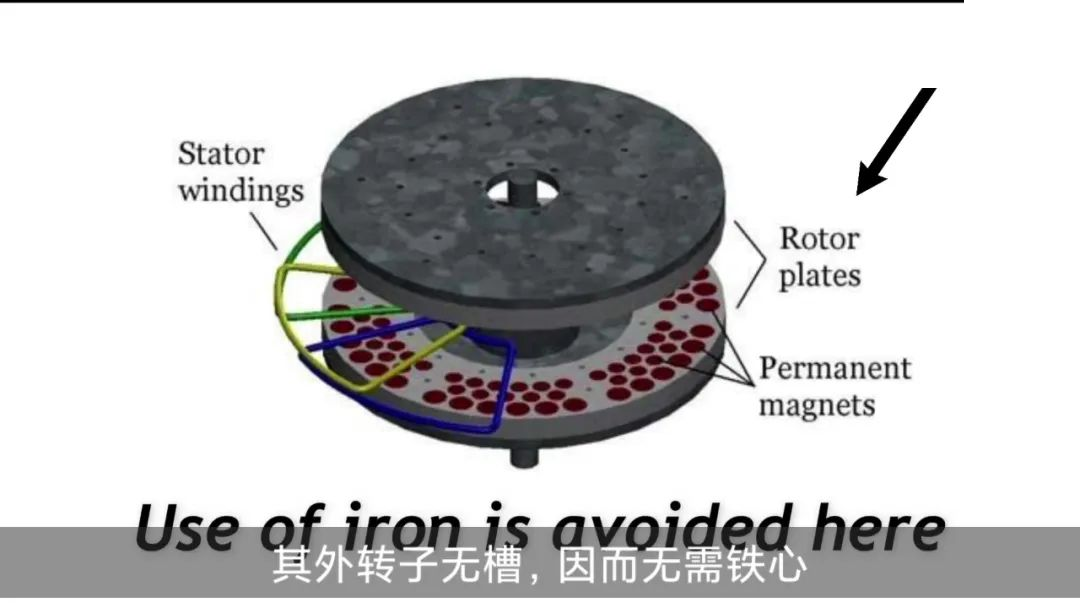7 Types of Motors Commonly Used in New Energy Electric Vehicles
There are 7 types of motors used in electric vehicles, namely: brushed DC motors, brushless DC motors, permanent magnet synchronous motors, induction motors, switched reluctance motors, synchronous reluctance motors and axial flux coreless permanent magnet motors.
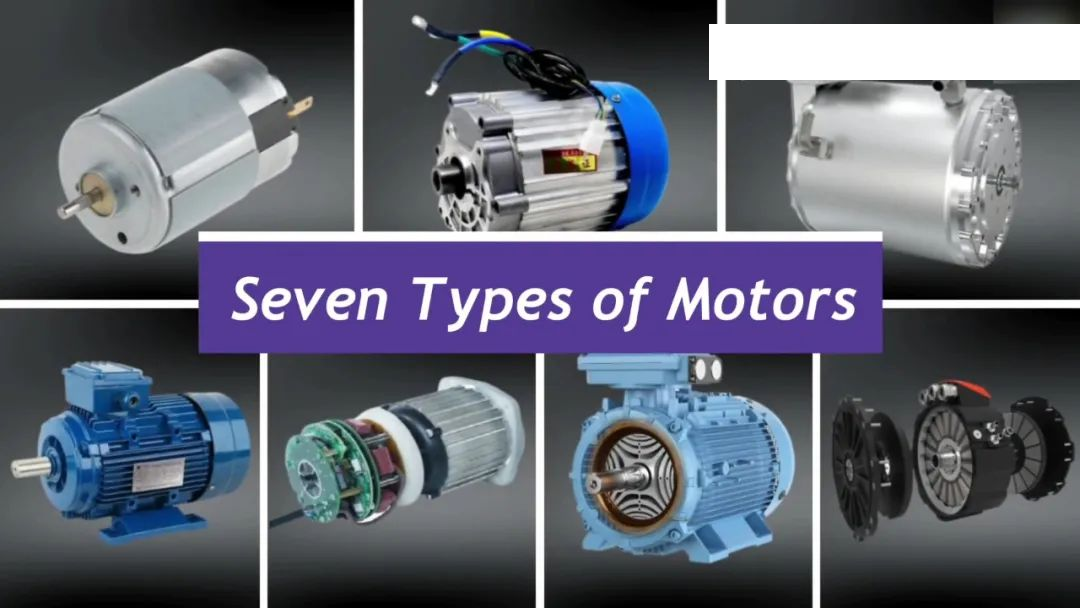
Brushed DC motors are the simplest type of DC motors, which utilize brushes to transfer current to the motor windings through mechanical commutation. The armature or rotor is an electromagnet and the magnetic field is a permanent magnet. This type of motor does not require a controller to operate or change speed and provides maximum torque at low speeds. The disadvantages are bulky construction, low efficiency, brushes generate heat and cause inefficiency, and the heat is in the center of the rotor and difficult to eliminate. As a result, brushed DC motors are no longer used in electric vehicles.
Brushless DC motor with permanent magnets is called brushless because of the absence of commutator and brushes. It is electronically commutated, maintenance-free, and has traction characteristics with high starting torque and efficiency up to 95%-98%, making it suitable for high power density designs. This traction characteristic makes brushless DC motors widely used in electric vehicles for small cars with a maximum power of 60 kW. Disadvantages are limited constant power range, torque decreases with speed, and permanent magnets result in high cost. A brushless DC motor is used in the Toyota Prius.
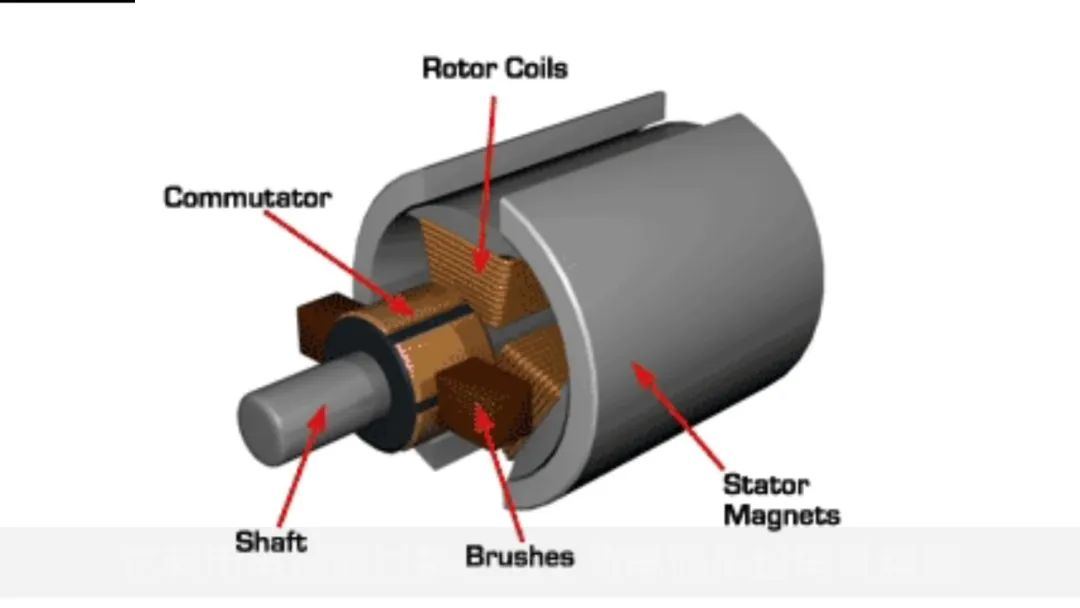
Permanent magnet synchronous motors have permanent magnets in the rotor, which provide high power density and efficient traction characteristics for higher power ratings, making them more expensive than other motors. This motor can operate in different speed ranges without the need for a gear system. It is efficient and compact for hub applications and has high torque at low speeds. The disadvantage is the severe iron consumption at high speeds in the hub. Currently permanent magnet synchronous motors are mostly used in hybrid and electric vehicles such as the Chevrolet Bolt, Ford Focus, Nissan Leaf and BMW i3.
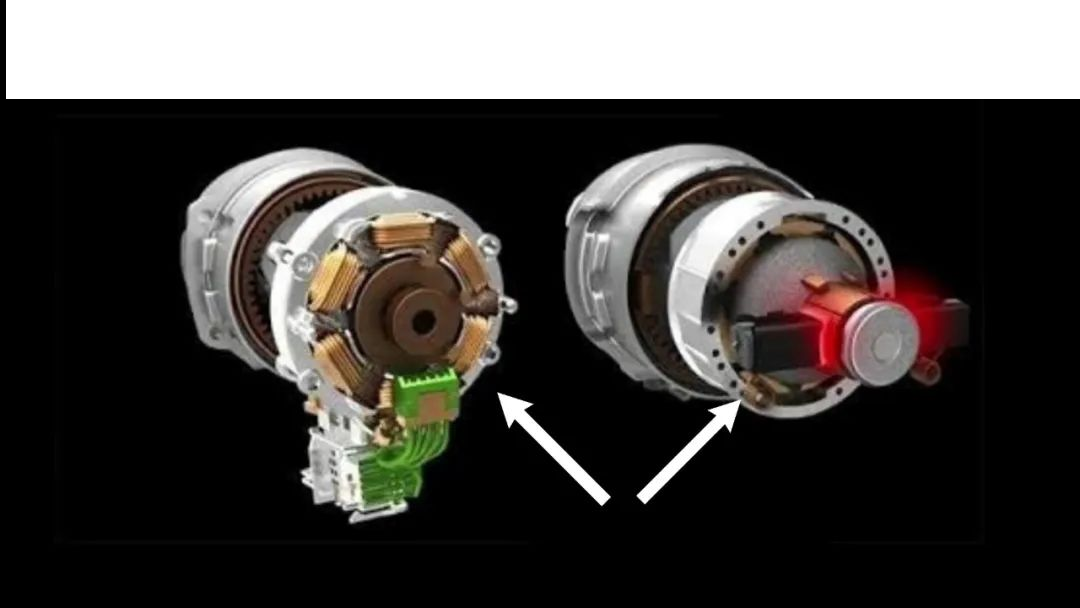
Induction motors do not produce high starting torque at a fixed voltage and a fixed frequency like DC motors. However, this can be changed using various control methods such as vector control or magnetic field orientation control. Using these control methods, the maximum torque required to satisfy traction can be obtained when the motor is started. Squirrel cage induction motors are low maintenance, have a long service life and are designed for efficiencies of 92% to 95%. The disadvantages are the need for complex inverter circuits and the difficulty of motor control. Due to their low cost, induction motors are the preferred choice for high-performance electric vehicles. The Tesla Model S is the best example of the high performance of induction motors. The Toyota RAV4 and GM EV1 also use these motors.

Switched Reluctance Motors are a class of variable reluctance motors with a doubly significant, simple and robust construction, where the rotor is a laminated piece of steel with no windings or permanent magnets. This reduces rotor inertia and helps to increase acceleration. The robustness makes this motor suitable for high-speed applications and provides high power density. The disadvantages are complex control and noise from the addition of switching circuits. Synchronous reluctance motors are synchronous motors with reluctance properties, where the torque is caused by the difference between the rotor's alternating and direct axis reluctance, and there are no excitation windings or permanent magnets. This type of motor is becoming increasingly popular in electric and hybrid vehicles due to its simple and robust construction. The advantage is that there are no rotor losses and they can provide a higher permanent torque than an induction motor of the same size.
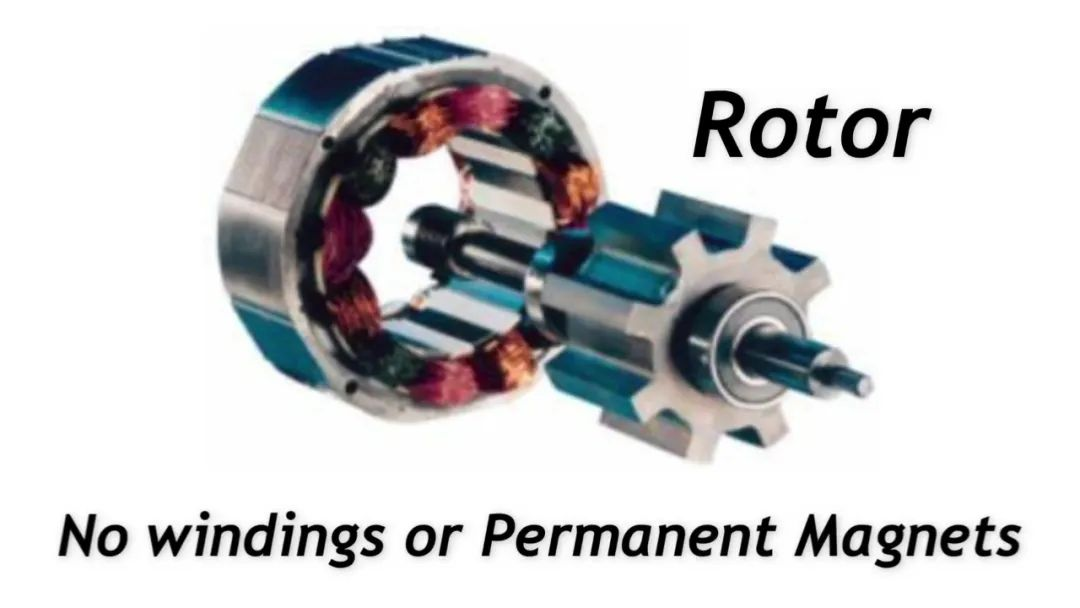
Axial flux coreless permanent magnet motors are the most advanced motors currently available for electric vehicles. Its outer rotor is slotless, thus eliminating the need for an iron core. It also has no stator core and is therefore lightweight. The radial component of the air gap magnetic field provides higher power density. The rotor of this motor can be mounted on the wheel side and the stator windings are placed on the shaft. The slotless design results in low copper losses, high efficiency and more space available. The Renault Coupe uses this type of motor.
